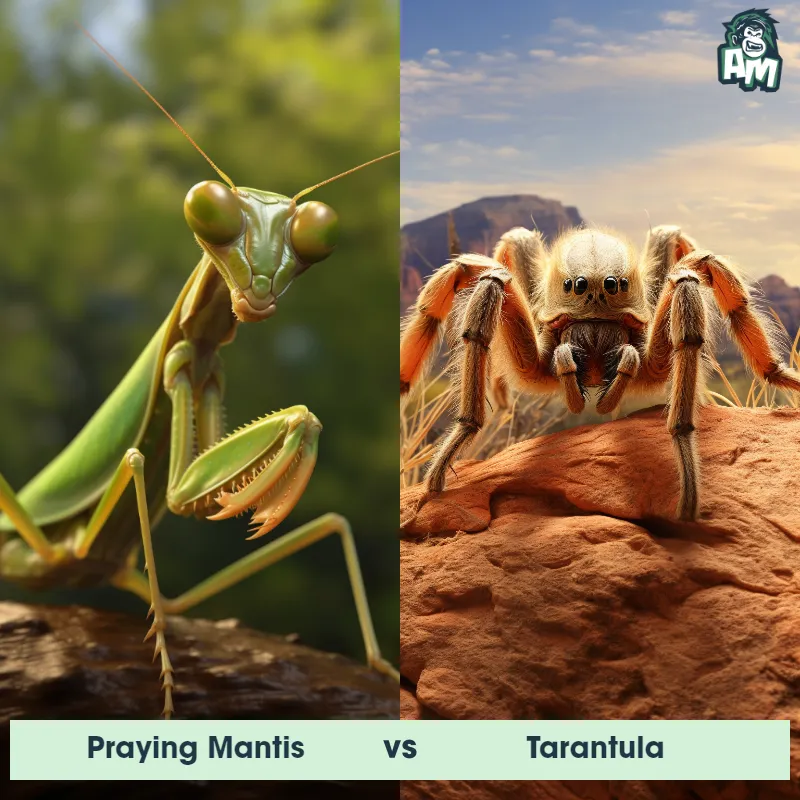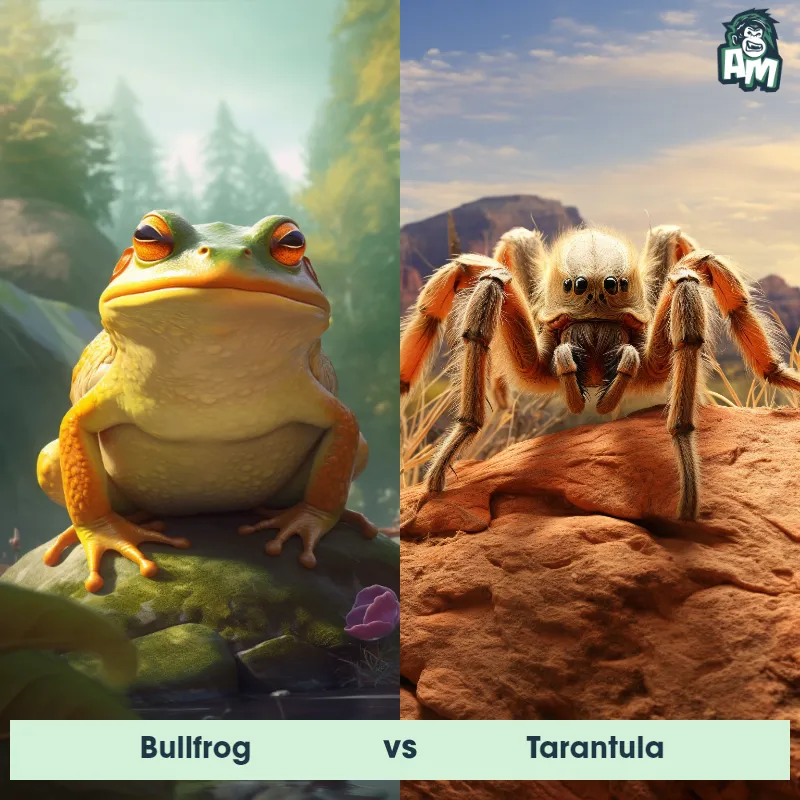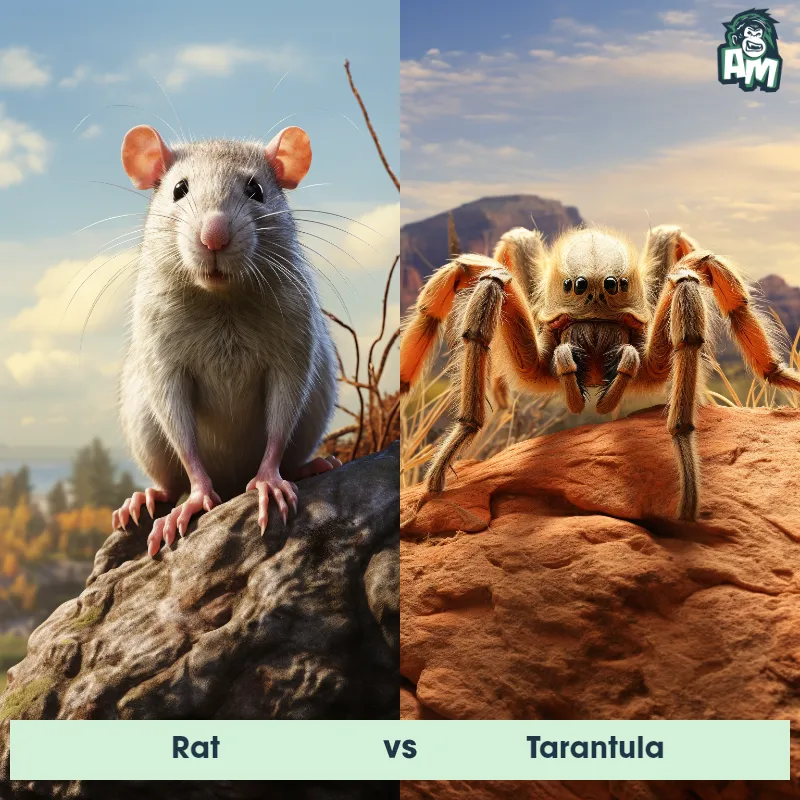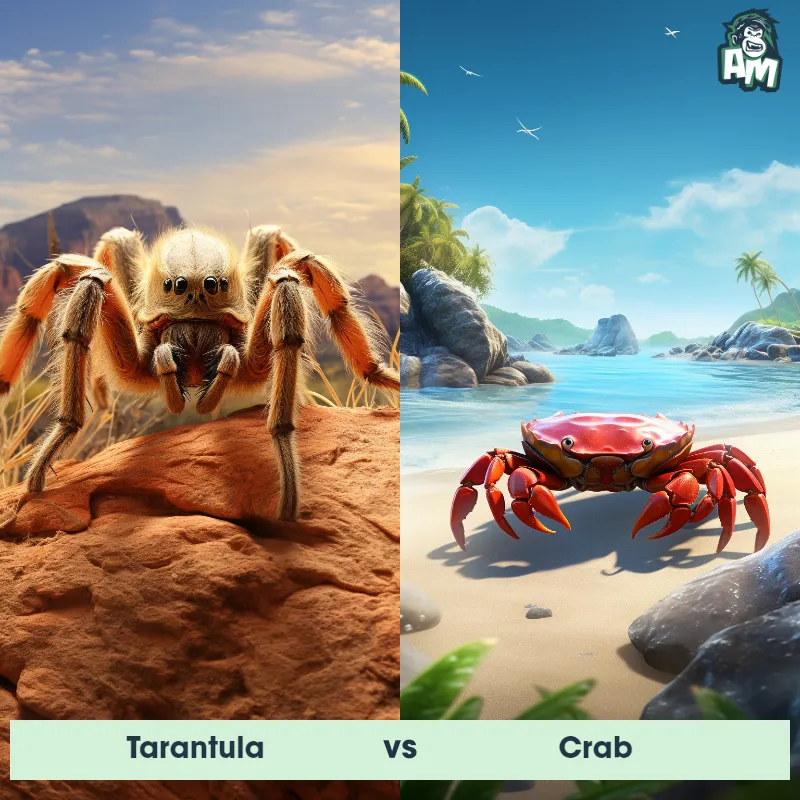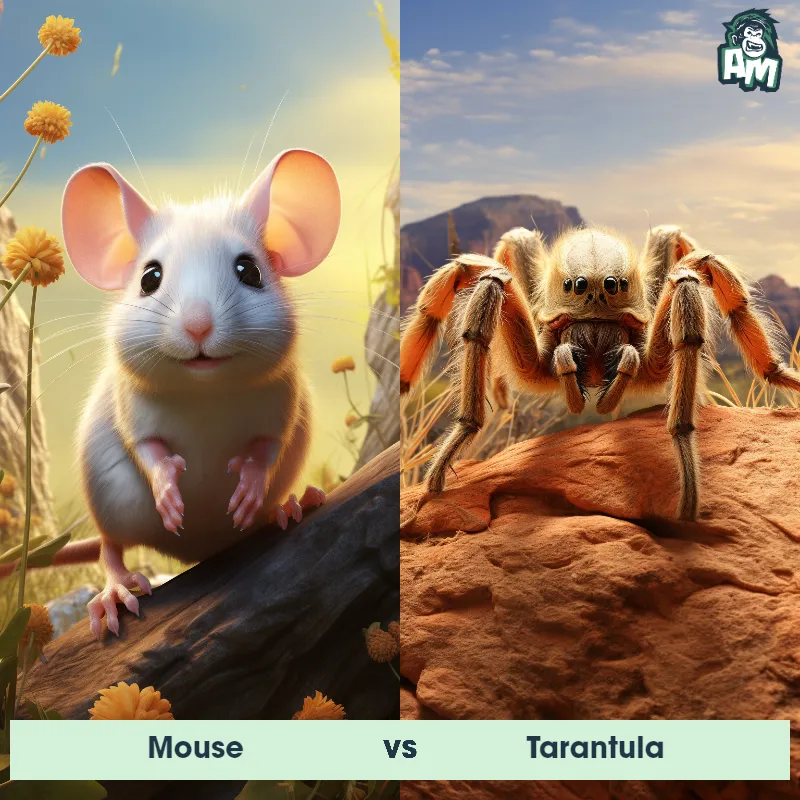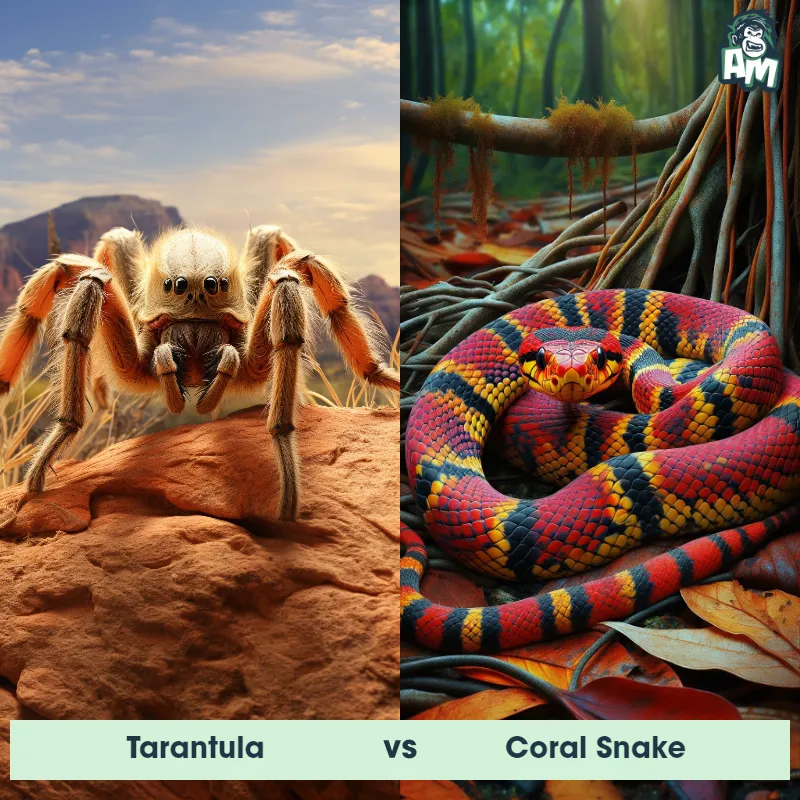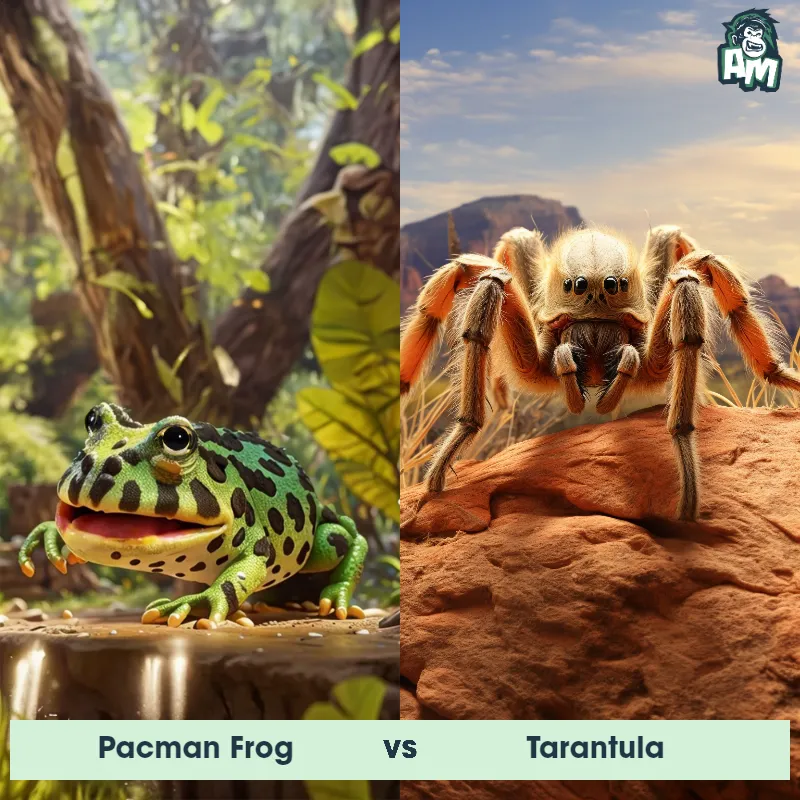Brazilian Wandering Spider vs TarantulaSee Who Wins

Welcome ladies and gentlemen to this thrilling matchup between the Brazilian Wandering Spider and the Tarantula! Both renowned for their unique characteristics, these arachnids are ready to showcase their skills in a fierce battle. The crowd is buzzing with excitement, and anticipation fills the air as we prepare for this epic showdown. Let the fight begin!
Contender 1: Brazilian Wandering Spider
The Brazilian Wandering Spider, also known as the banana spider, is a highly venomous spider found in South and Central America. It is known for its aggressive behavior and wandering tendencies, often found in homes and gardens. The spider can grow up to 5 inches in leg span and has distinctive markings on its body, including a red spot on its abdomen. Its venom can cause paralysis and even death in humans.
Fun Fact: The Brazilian Wandering Spider is known for its unique mating ritual, where the male spider performs a dance to attract the female. If the female is not interested, she may attack and kill the male.
Contender 2: Tarantula
Tarantulas comprise a group of large, hairy spiders that are found in various parts of the world, predominantly in the tropics. They possess eight legs, two body parts (cephalothorax and abdomen), and are known for their pronounced fangs, which they use to inject venom into their prey. Despite their menacing appearance, tarantulas are generally not harmful to humans, as their venom is weaker than that of a typical bee.
Fun Fact: Tarantulas are known for their unique defensive tactic where they can flick off tiny, barbed hairs from their abdomen when threatened, which can irritate the skin or eyes of a potential predator.
Matchup Stats
| Brazilian Wandering Spider | Tarantula | |
|---|---|---|
| Size | Up to 5 inches (12.7 cm) | Up to 11 inches (28 cm) including leg span |
| Weight | Up to 0.3 ounces (8.5 g) | Up to 3.5 ounces (100 grams) |
| Speed | Speed: 1.5 mph (2.4 km/hr) | 1mph (1.6km/h) |
| Key Strength | Venomous bite | Venomous fangs |
| Biggest Weakness | Vulnerable to predators | Slow movement |
Current Votes
Brazilian Wandering Spider vs Tarantula
See Who Wins
View More Matches
Looking For More?
Similar Matches
Scientific Stats
| Brazilian Wandering Spider | Tarantula | |
|---|---|---|
| Scientific Name | Phoneutria nigriventer | Theraphosidae |
| Family | Ctenidae | Araneae |
| Habitat | Homes and gardens | Various, predominantly in tropical regions |
| Geography | South and Central America | Worldwide, predominantly in the tropics |
| Diet | Insects, small animals, and other spiders | Insects, small birds, rodents, and lizards |
| Lifespan | 1 year - 4 years | 10 years - 25 years |
Key Differences between Brazilian Wandering Spider and Tarantula
- Leg length: Tarantulas tend to have longer and thicker legs in comparison to the Brazilian Wandering Spider, which possesses relatively shorter and thinner legs.
- Coloration: Brazilian Wandering Spiders showcase a variety of colors, including shades of brown, black, and sometimes even yellow, whereas Tarantulas can exhibit a wider range of colors, including black, brown, gray, red, and even blue.
- Pedipalps: The Brazilian Wandering Spider has prominent pedipalps (sensory appendages near their mouthparts) that appear elongated and more visible than those of the Tarantula, which typically have shorter and more inconspicuous pedipalps.
- Size: The Brazilian Wandering Spider is generally smaller than the Tarantula, with an average body length ranging between 1.5 and 2 inches, while Tarantulas can vary greatly in size, often growing up to 4 to 6 inches or even larger.
- Body shape: Brazilian Wandering Spiders have a more elongated and slender body shape compared to Tarantulas, which are known for their robust and chunky bodies.
- Venomous traits: While both spiders have venom, the Brazilian Wandering Spider is infamous for its highly toxic venom and aggressive behavior, making it one of the most venomous spiders in the world. Tarantulas, on the other hand, while capable of biting, generally possess less potent venom and are known for their relatively docile and non-aggressive nature.
















